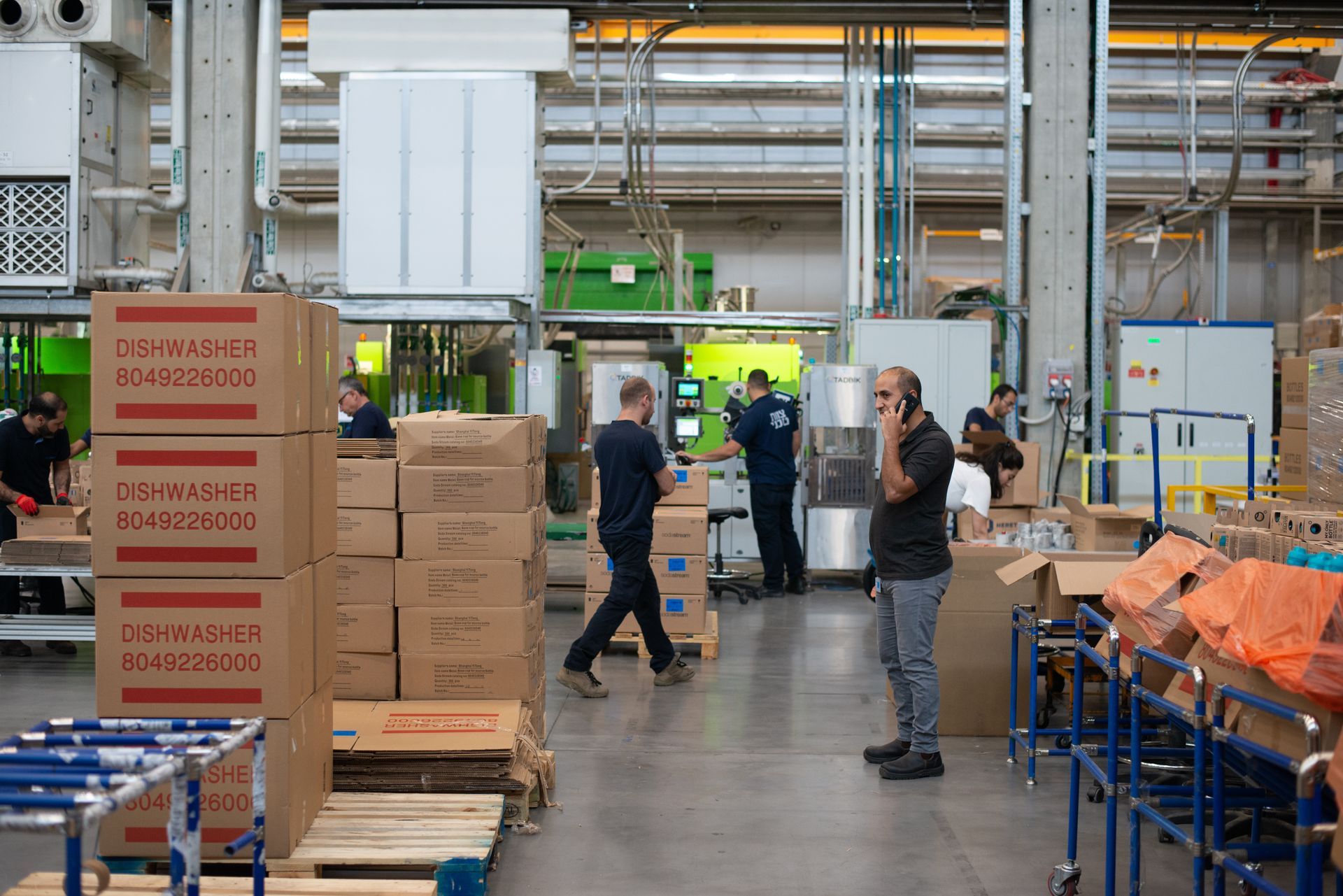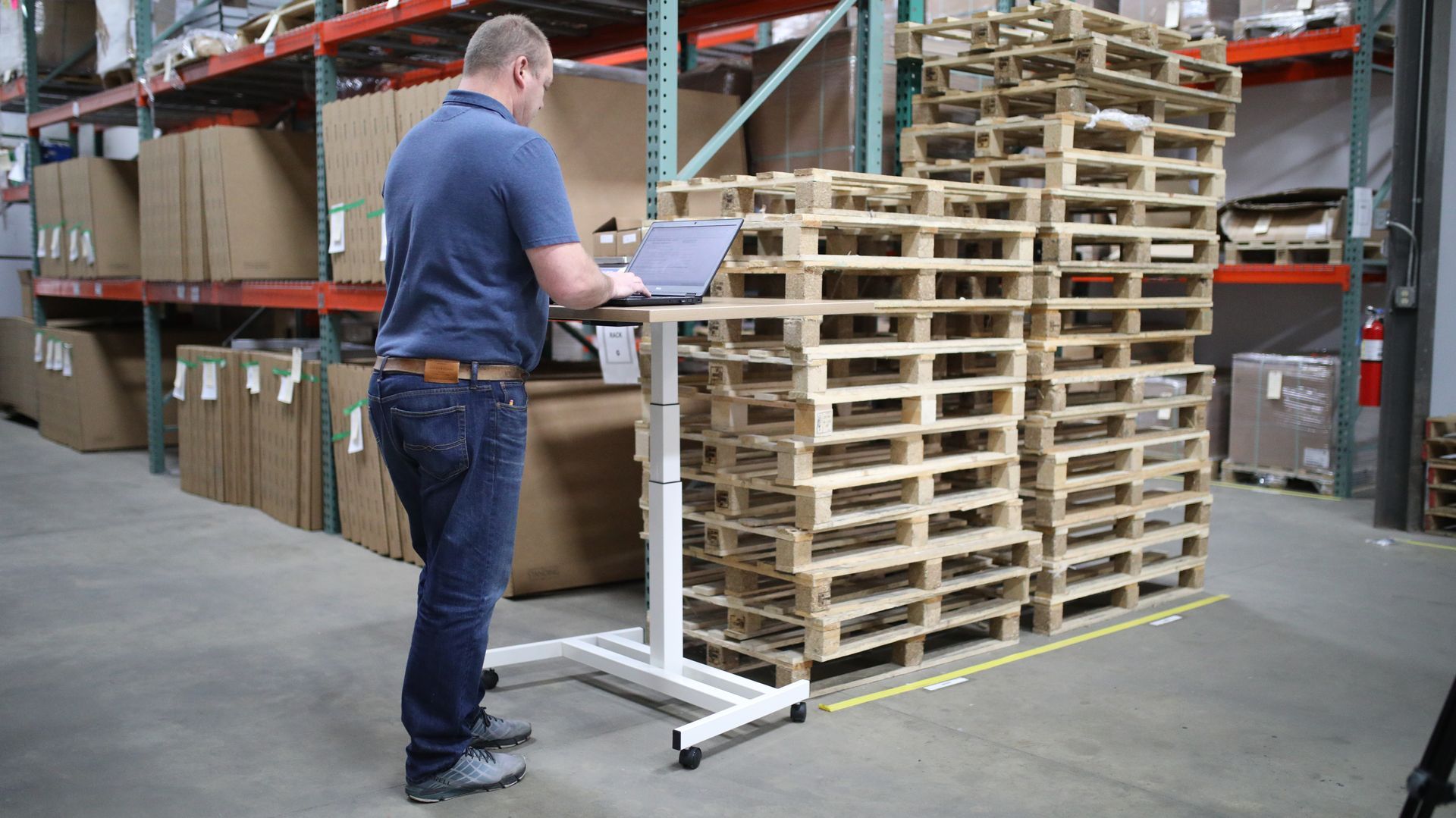Warehouse Operations: Strategies for Process Optimization and Workforce Management
In the increasingly competitive warehouse staffing sector, maximizing efficiency in warehouse operations is crucial for ensuring the long-term success and growth of your organization. By streamlining processes, optimizing workforce productivity, and implementing warehouse management best practices, organizations can effectively address the pressure to perform at peak levels, achieve higher customer satisfaction, and maintain a sustainable competitive advantage in the industry. As warehouses are diverse and complex environments, it is essential to examine and evaluate both operational and staffing practices to continually develop and refine efficiency-focused strategies.
This blog article will delve into the key aspects of maximizing efficiency in warehouse operations, compiling a comprehensive guide covering process streamlining, workforce productivity optimization, and warehouse management best practices. We will discuss topics such as optimizing layout and workflows, implementing efficient inventory management systems, leveraging automation and technology, and enhancing worker skills and performance through targeted training and employee engagement initiatives. By exploring these strategies, we aim to equip warehouse managers, HR professionals, and decision-makers with valuable insights needed to identify areas of improvement and seize opportunities for driving sustainable growth and success in the warehouse staffing sector.
As the landscape of the warehouse staffing sector continues to evolve, so too must the way organizations approach efficiency in their operations. By embracing a holistic and proactive approach to process optimization and workforce management, your organization can unlock its full potential and confidently navigate the challenges and opportunities that lie ahead in the ever-changing warehouse staffing industry.
Optimizing Warehouse Layout and Workflows
A well-organized warehouse layout and efficient workflows are foundational elements in improving warehouse efficiency. Consider implementing these strategies:
1. Facility Layout Optimization: Optimize your warehouse layout by strategically organizing storage areas, staging zones, and picking lanes to minimize travel time and facilitate efficient product flow.
2. Workflow Analysis: Analyze your existing workflows for bottlenecks, inefficiencies, or redundancies that hinder productivity, and implement improvements accordingly.
3. Implement Lean Principles: Adopt lean principles like the 5S system (Sort, Set in Order, Shine, Standardize, and Sustain) to reduce waste, clutter, and process variability in warehouse operations.
Leveraging Automation and Technology
Incorporating automation and technology can significantly improve warehouse efficiency and productivity. Here are several suggestions for your organization:
1. Warehouse Management Systems (WMS): Implement a WMS that provides real-time visibility into inventory levels, optimizes picking routes, and streamlines order processing and fulfillment.
2. Automation Solutions: Incorporate automation solutions like automated storage and retrieval systems (AS/RS), robotics, and conveyor systems to reduce manual handling and improve throughput.
3. Data Analytics: Utilize data-driven tools and analytics to monitor key performance indicators (KPIs), identify inefficiencies, and implement data-driven improvements in warehouse operations.
Efficient Inventory Management
Proactive inventory management is critical for reducing costs, preventing stockouts, and maximizing efficiency. These practices will help you achieve efficient inventory management:
1. Implement Just-In-Time Inventory Management: Adopt a just-in-time (JIT) inventory management system, which reduces holding costs and minimizes excess inventory by replenishing stock levels based on customer demand.
2. Perform Regular Cycle Counts: Conduct routine cycle counts to ensure inventory accuracy, promptly address discrepancies, and reduce instances of stockouts and overstocking.
3. Implement Stock Rotation: Apply stock rotation techniques, like first-in, first-out (FIFO) or last-in, first-out (LIFO), to ensure optimal stock turnover and minimize potential spoilage and obsolescence.
Enhancing Worker Skills and Performance
Investing in employee training and engagement initiatives promotes a productive and efficient workforce. Consider these strategies for workforce development:
1. Targeted Training Programs: Conduct targeted training programs to improve employee skills and knowledge in warehouse processes, safety, and technology applications.
2. Employee Engagement: Foster employee engagement by creating a positive work environment, actively soliciting feedback, and recognizing employee accomplishments and contributions.
3. Cross-Training: Encourage cross-training of employees to create a versatile workforce, enabling seamless adjustments to fluctuating demand or absences.
Conclusion:
Achieving peak performance in warehouse operations requires continuous analysis and improvement of both operational and staffing practices. By optimizing warehouse layout and workflows, leveraging automation and technology, implementing efficient inventory management systems, and enhancing worker skills and performance, organizations can significantly improve efficiency and productivity, ultimately driving sustainable growth and success in the warehouse staffing sector.
Partnering with specialized staffing agencies like Front Line All Temps can further support your efficiency goals by providing access to skilled and experienced warehouse personnel who are knowledgeable in industry best practices and technology applications. Empower your organization with the strategies and resources needed to excel in today's competitive
warehouse industry staffing landscape, and confidently navigate the challenges and opportunities that lie ahead.










